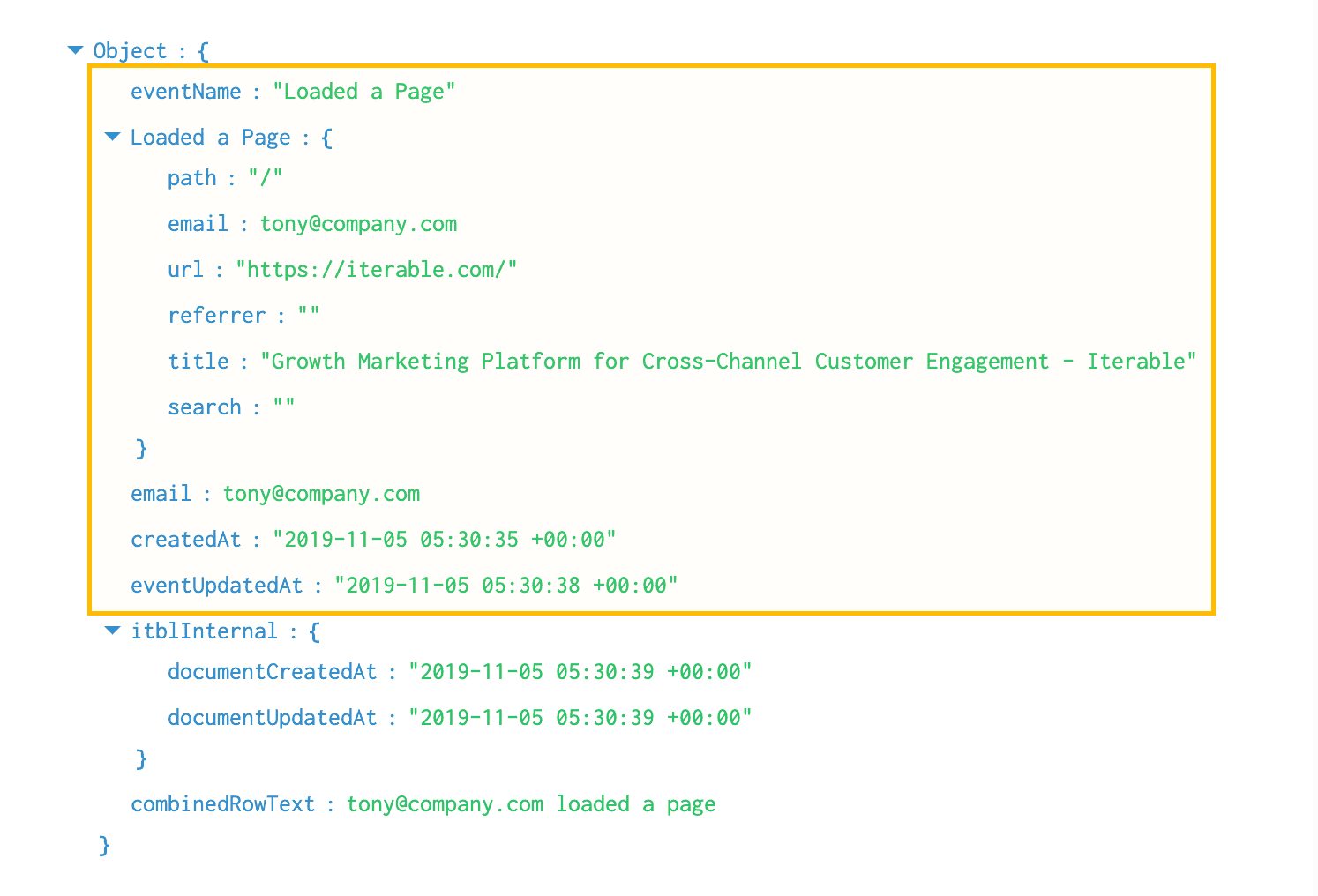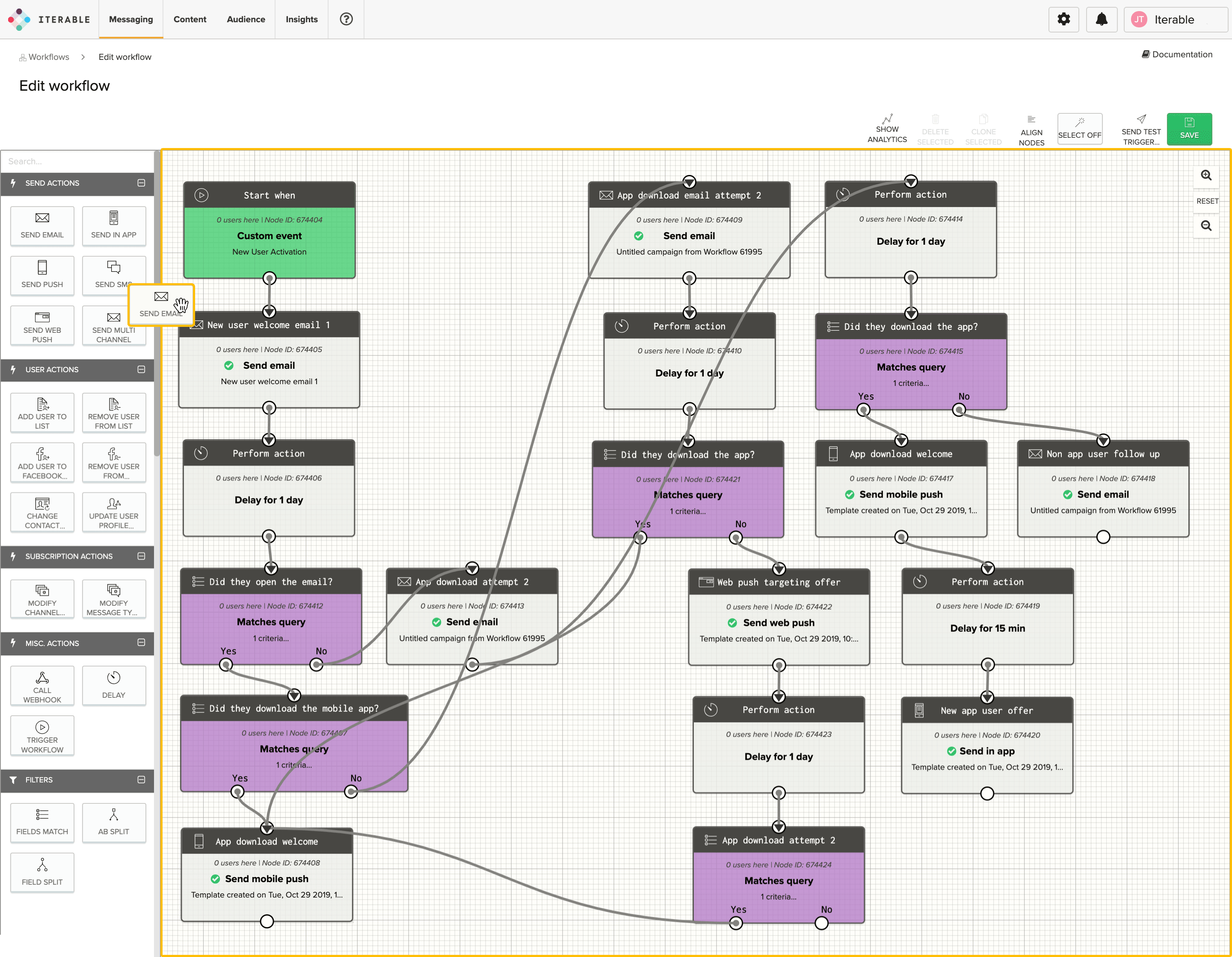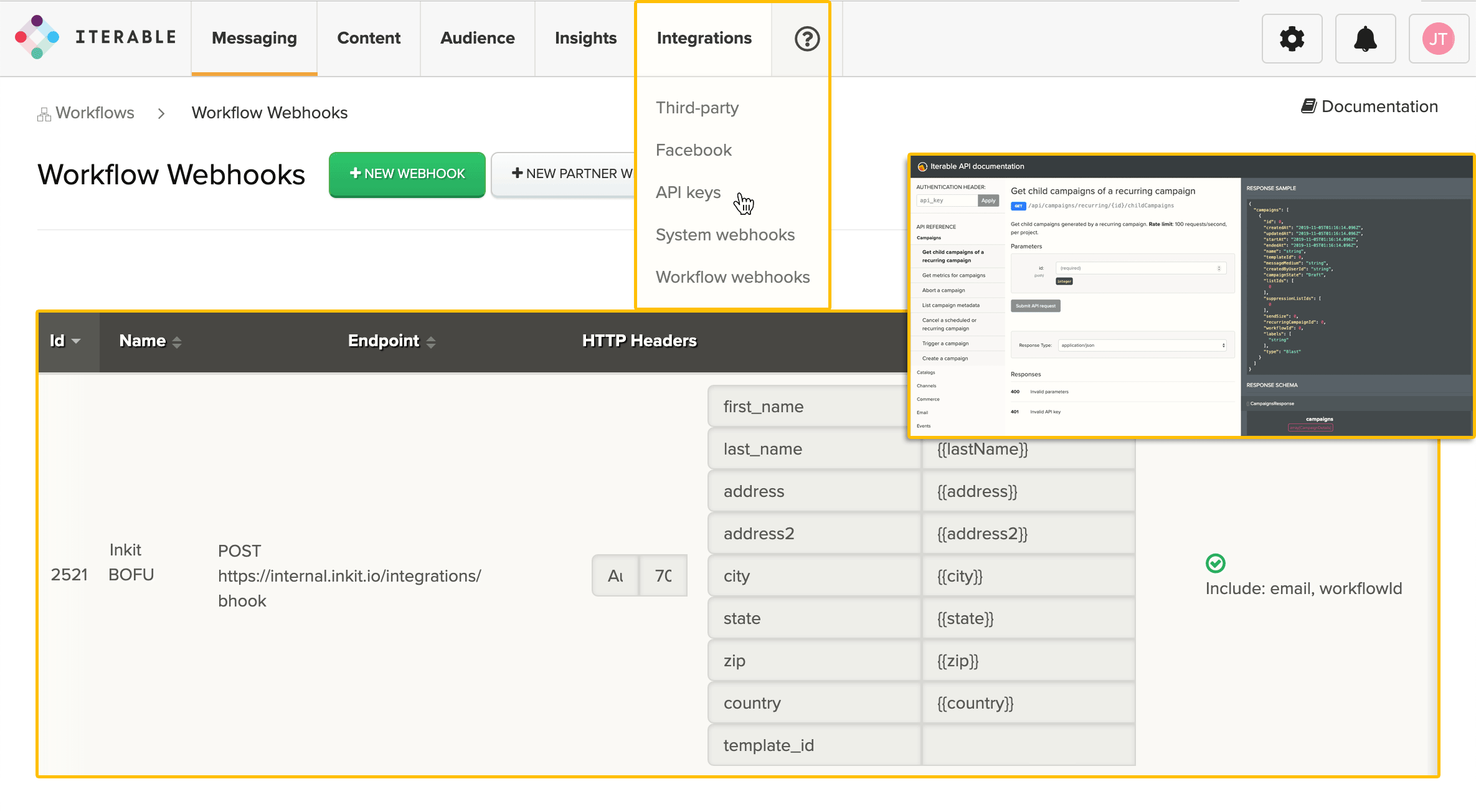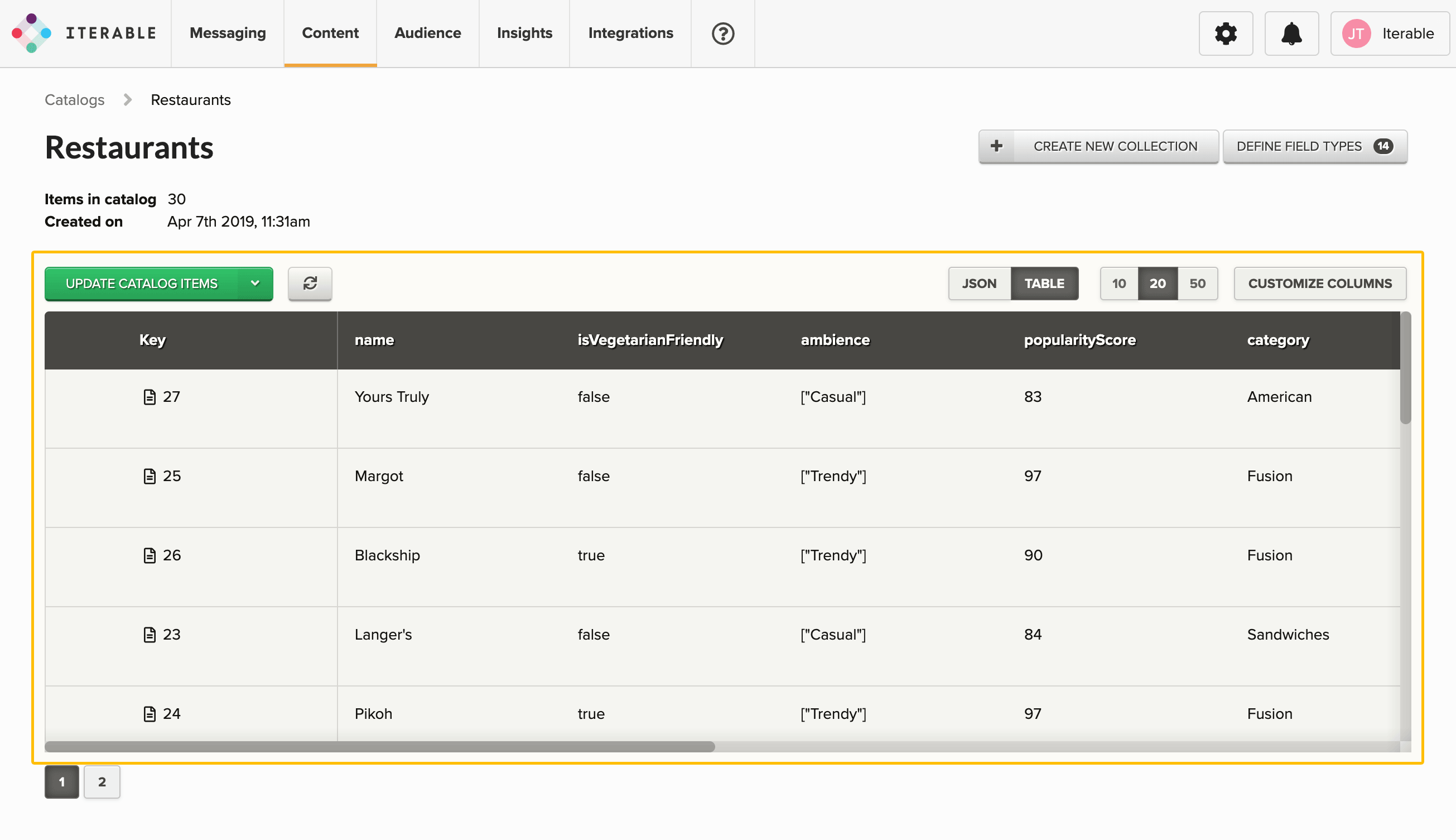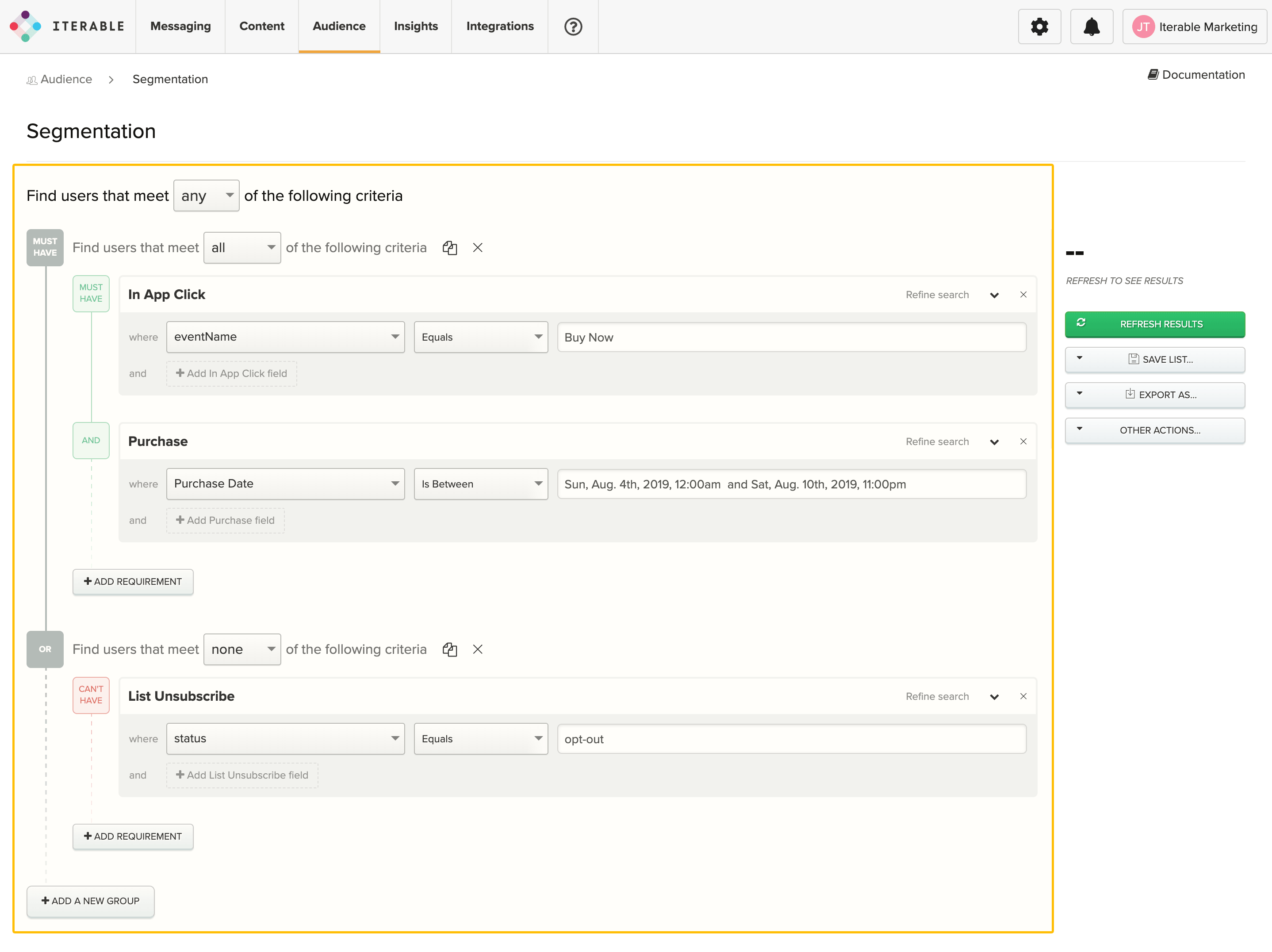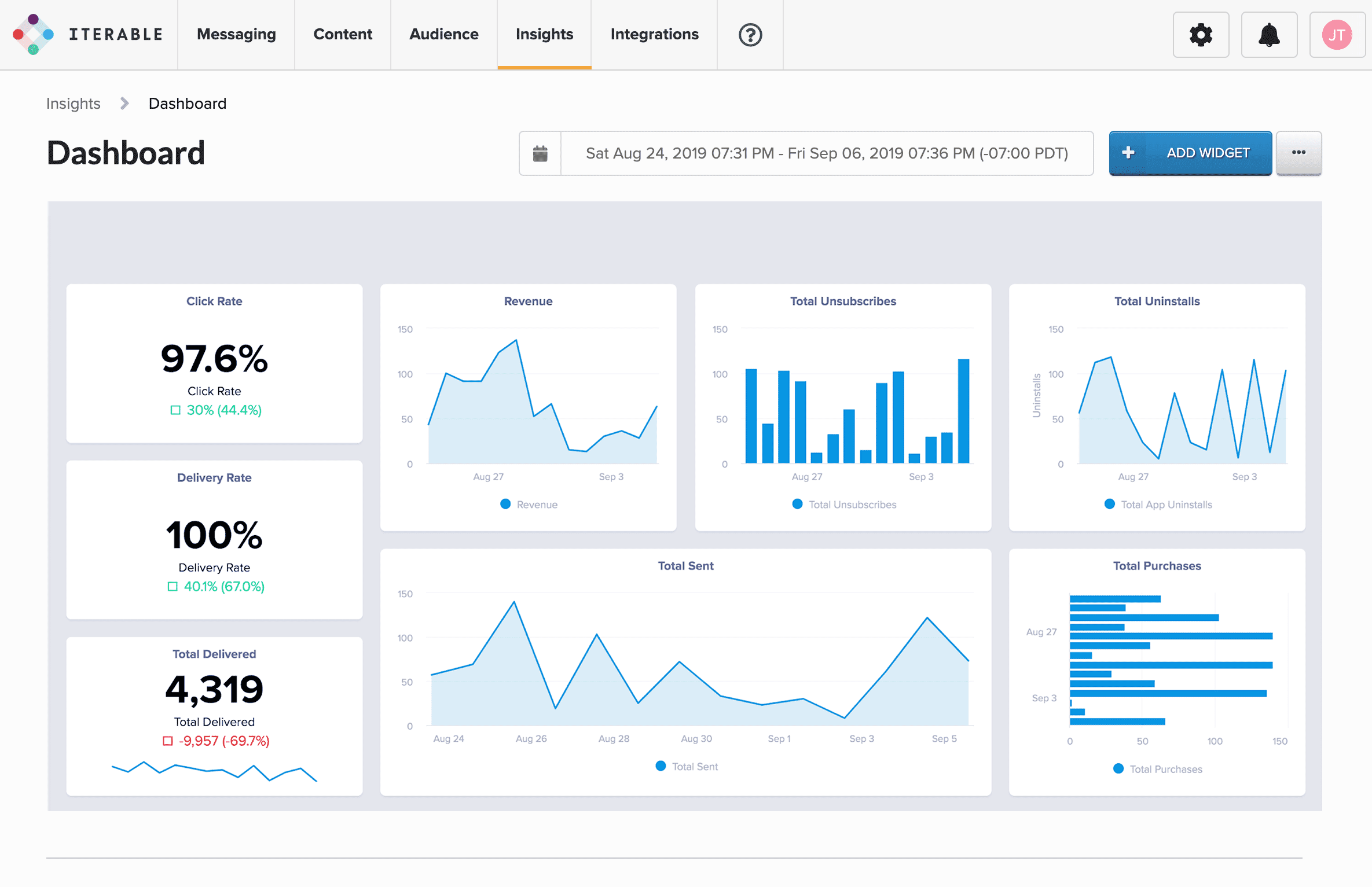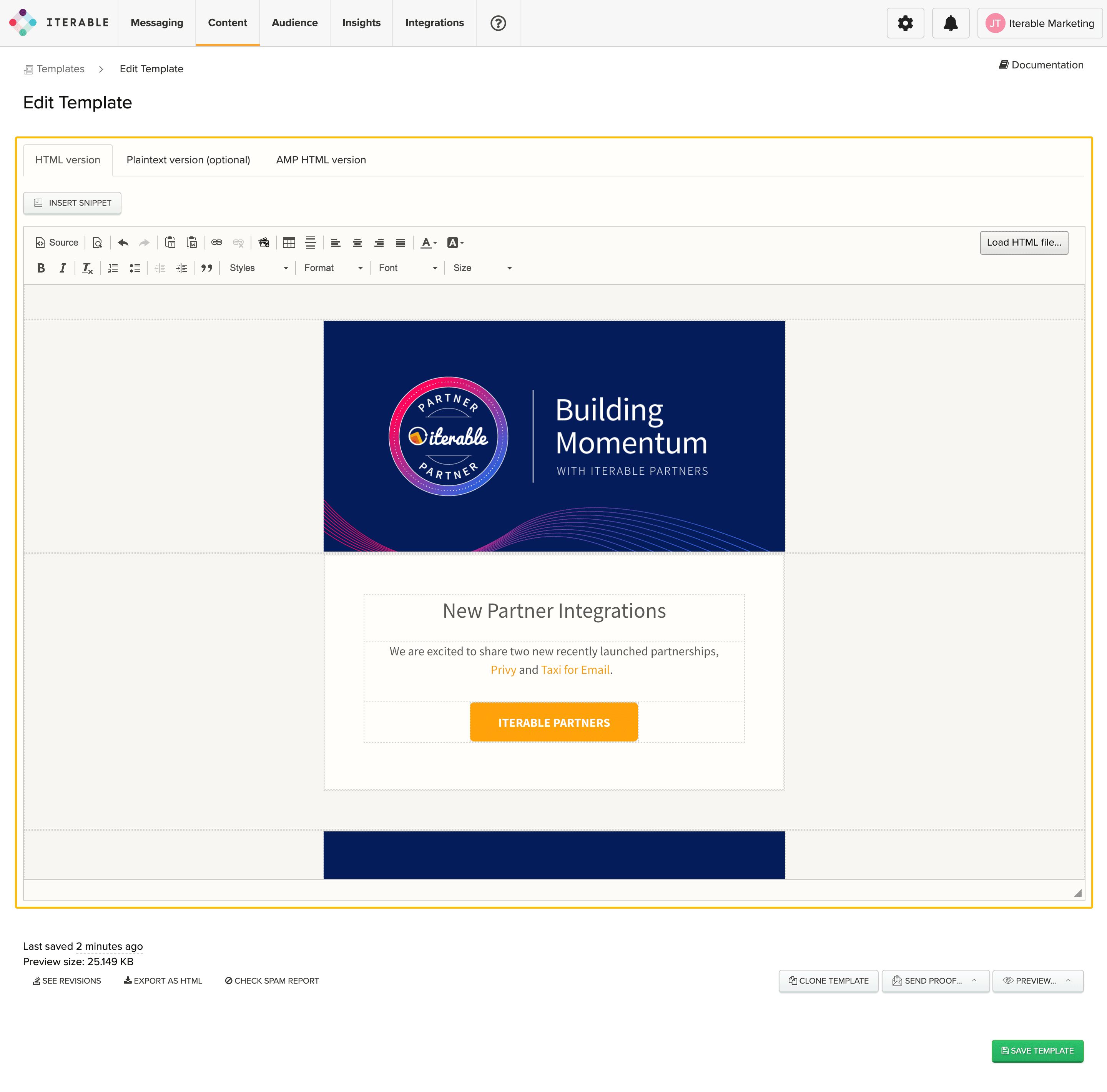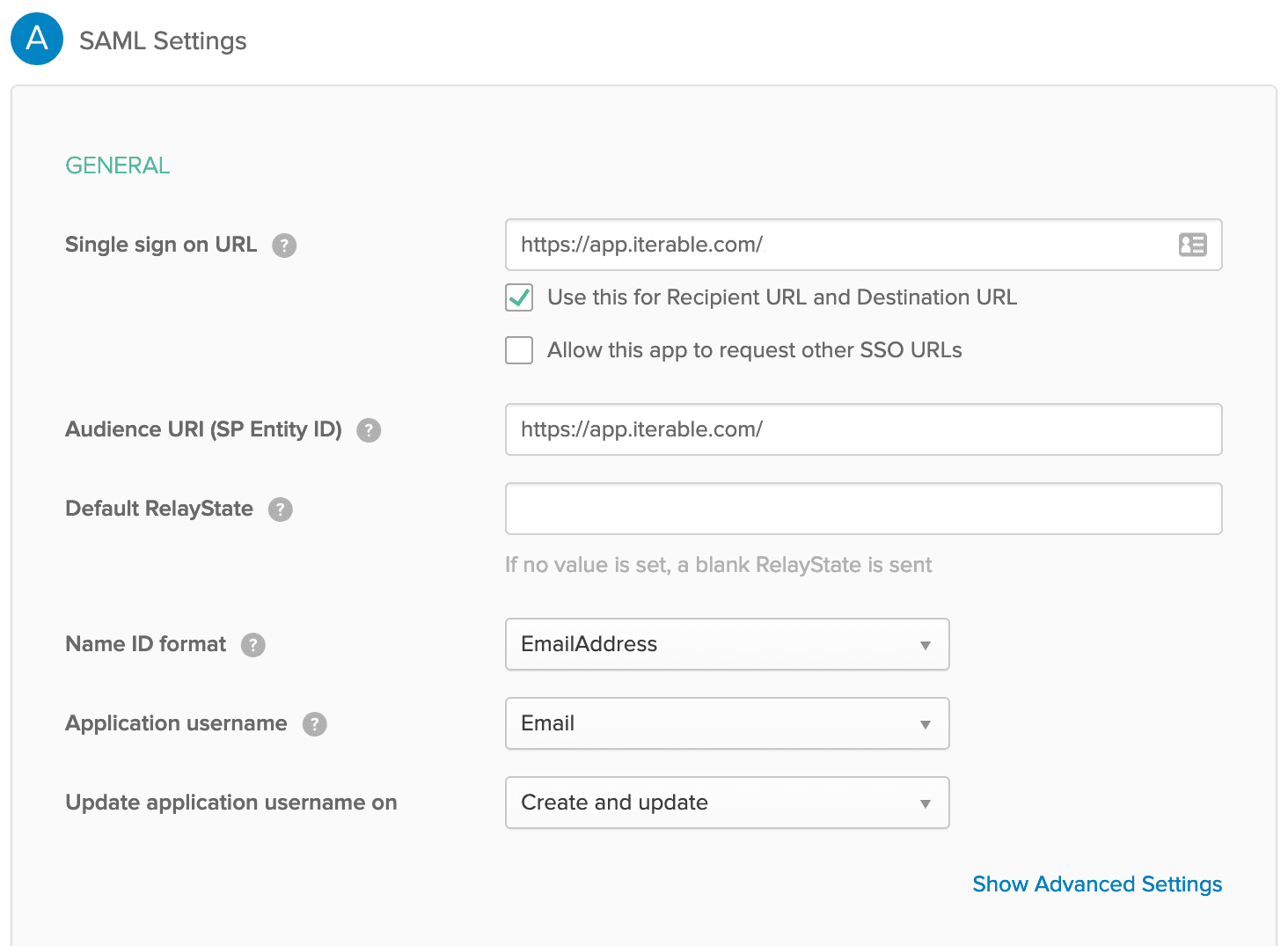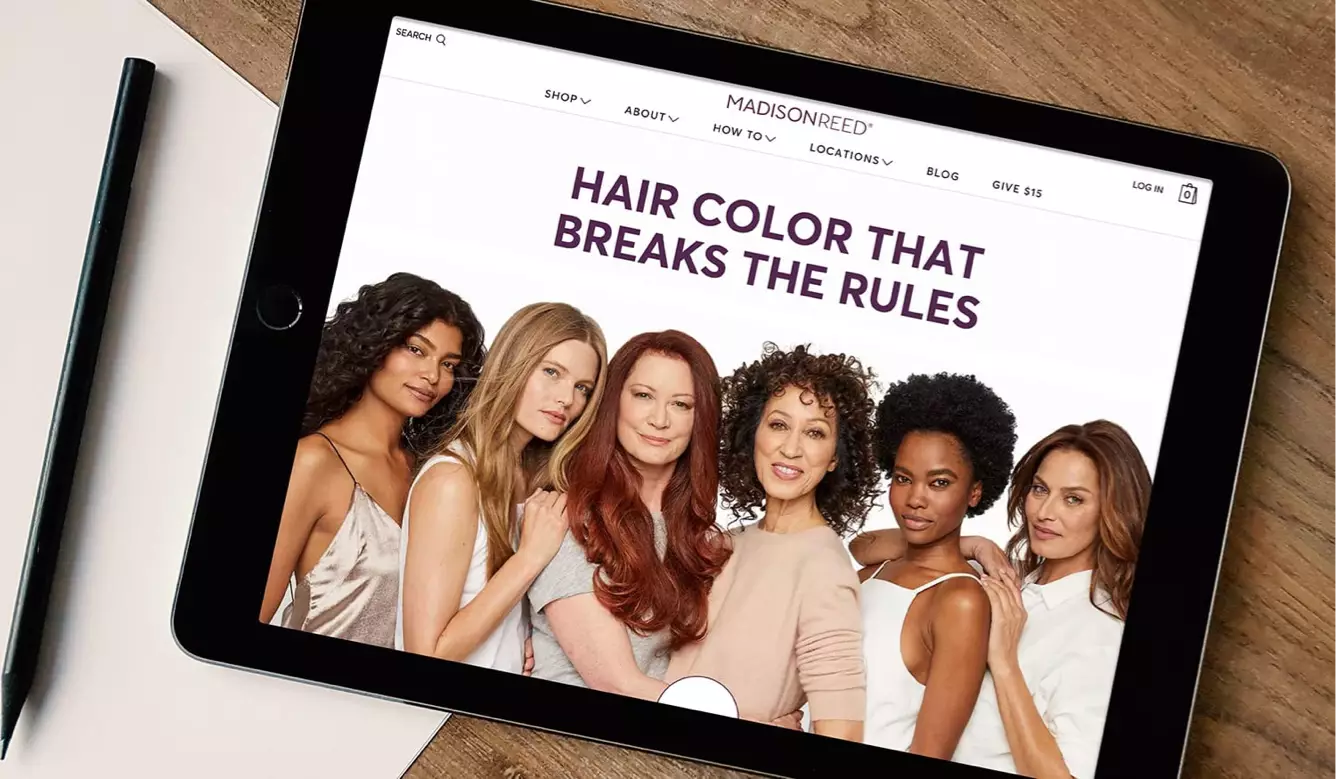Personalized marketing is derived from growing collections of first- and third-party customer data to create a robust marketing experience that’s specifically tuned to an individual’s behaviors and preferences. Unlike generalized brand-focused marketing, personalized marketing reflects unique customer attributes of engagement.
Our solution for Personalized Marketing
What is personalized marketing?
As the saying goes, the best indicator of future behavior is past behavior. Marketing professionals know that holds true when it comes to appealing to customers.
Enter personalized marketing. Unlike mass marketing, which casts a wide net hoping to scoop up a large audience with a broad message, personalized marketing is targeted to individuals based on their past behaviors and interests.
Today, consumers are used to having products recommended to them based on past purchases or ads they’ve clicked on. They log onto Amazon and get recommendations for products they might like based on something they bought in the past, they get an email from their favorite clothing store with pictures of items they’ve left sitting in their shopping cart, or they look at a bathing suit on a retailer’s site and then next time they log into Facebook—voila!—ads for that company’s bathing suits appear.
That’s all personalized marketing, even if consumers don’t recognize it as such. This kind of marketing is about tailoring the message and the method around the individual. That’s done by using customer data from online shopping habits, survey feedback, loyalty program information, social media behavior, website and app engagement, and more. Knowing a customer’s age, gender, income and shopping habits can also help you target your marketing message to appeal directly to an individual.
These days, it’s not enough to just focus on one area of engagement. Companies need to think about an all-encompassing personalized marketing strategy that combines e-commerce, email, social media, and other digital channels. It’s important to consider all the touchpoints where a potential customer might come into contact with your service or product.
Marketing personalization is also about understanding how a customer wants to be contacted, where they like to shop and what messages resonate with them most.
Using an individualized approach can pay off, especially for companies that take on a multi-channel strategy, which is a marketing and sales technique that puts the customer at the center. A multi-channel shopping experience offers a seamless customer experience across all channels—whether that’s email, text, direct mail, social media, or your brand’s e-commerce website. To do it right will take some digging to determine how certain customers prefer to do business, say via email versus mobile, and then giving them a consistent experience across all channels.
89% of businesses are investing in marketing personalization—and for good reason—72% of consumers say they will only engage with marketing that is personalized.
Let’s explore how personalized marketing works, some effective methods you can use, and how it takes way more than calling a customer by their first name to get their attention these days.
What are the benefits of personalizing the customer experience?
The idea behind personalized marketing certainly makes sense. The better you know your customer—the type of products they like; when and how they’re likely to make a purchase; the types of messaging they respond to most—the more likely you are to make a sale.
After all, consumers are exposed to nearly 10,000 brand messages a day. If they feel like they are being bombarded with messages that aren’t relevant to them, they’re going to get annoyed. In fact, 94% of consumers have ended a relationship with a brand because of irrelevant messaging.
Personalized marketing campaigns done right makes your customer feel valued and remembered. Many appreciate being pointed to a product that they need or that lines up with products they’ve bought in the past. In fact, consumers are 65% more likely to shop at a retailer in-store or online that knows their purchase history.
You also don’t need to make everything about selling a product or service. Sometimes the right message is sharing a helpful article (maybe tips on how to use your product) or highlighting a cause that your company supports that certain types of customers are likely to see as a positive step by your brand.
When a customer’s experience with your brand is easy, personalized and relevant, that creates a loyalty to your brand. And when that experience is spread out across multiple channels (email, direct mail, mobile messaging and more), it has meant a 39% year-over-year revenue increase for some companies.
Examples of multi-channel personalized customer experiences
Part of a smart personalized marketing strategy is knowing how to personalize your customer’s experience across multiple channels. The idea behind each—making your customer feel known and appreciated and offering them highly relevant content—is the same, but the best practices for each may differ. Here are some of the top areas of engagement where you can make it personal (in a good way) for your customers.
Loyalty programs
Customer loyalty programs, when done well, are very popular. Research shows that more than half of your loyal customers will join a rewards program. That’s because in exchange for your customers giving you access to their shopping habits, you provide them with real benefits. Those could be coupons, discounts or special promotions. They can also be insider access or special statuses. A customer who belongs to a grocery store’s loyalty program will probably be very happy about getting a book of coupons that match up to items they frequently purchase.
Mobile apps
Most major brands have an app, but many provide the same experience on their app regardless of the customer. Smart companies use their apps to create a personalized customer experience to drive sales. Starbucks, for example, uses customer information —favorite drinks, hours of visits—to push timely offers or coupons through in-app notifications. You can also use real-time geolocation to send offers or tips based on your customer's exact physical location: The Home Depot mobile app helps customers find the products they're looking for by directing them to the correct aisle and bay.
Email marketing
Email is still the best way to reach consumers. Of course, that doesn’t mean they want irrelevant messages. Instead, the idea is to give the people what they want, such as links to promotions for the types of items they buy. Gather as much data as you can about your customers, both through their behavioral cues (What web pages do they visit? What products do they purchase and how often?), and through information they've shared (age, birthday, location, brand or style preferences, clothing sizes, etc.). You can use all of these data points to build out highly personalized email messages that showcase offers designed to appeal to each individual user.
Cross-channel marketing
Consumers fluidly move between channels (email, web push notifications, mobile notifications, SMS) and so should your marketing messages. Create customer personas based on who you want to target and push that message out to the platforms where those customers are. For example, you can track open rates for users subscribed to your email marketing list, and when you've identified users with low open rates, experiment with reaching out to them via other channels they’ve opted into where they may be more engaged.
The good news is, consumers are savvy enough to know that getting a more personalized shopping experience means sharing information about themselves. The even better news is that many consumers are eager for personalized experiences. In a Retail Industry Leaders Association survey, 63% of respondents said they want personalized recommendations and 54% said they want special offers for items of interest. Giving those consumers the positive and personal experience they want can turn them into loyal customers. It’s a win-win situation!
Activate customer data stored inside your marketing stack to create personalized marketing campaigns that leverage behavior-based personalization. Using customer engagement and interaction data gathered across all sources, Iterable can trigger individualized cross-channel messaging in real time at enterprise scale.
Compose lifecycle campaigns that activate, nurture and re-engage customers across all messaging channels. With our drag-and-drop Studio, you can create sophisticated lifecycle marketing programs using unlimited data points in real-time. Iterable’s Journeys can update user profiles, apply filters and delays, and trigger cross-channel messaging to create unique 1:1 experiences and improve customer engagement.
.
Our platform architecture enables the rapid ingestion, activation, and expansion of your brands consumer-centric data. Our flexible data model, modern APIs, and universal webhooks retrieve information from any source at virtually unlimited scale. Leverage all your subscribers’ demographic, behavioral and event data—both internal and from third parties—in real-time to trigger personalized messaging and campaigns.
Catalog helps brands easily achieve individualized content recommendations that improve customer engagement using contextual metadata. Marketers can quickly build and curate relevant content, offers, and product recommendations to their entire database using Iterable’s native UI.
Filter and segment customers from any data type stored inside rich user profiles. Understand every customer’s unique characteristics and preferences by storing hundreds of demographic and custom event data fields. Allowing you to run advanced segmentation in seconds without coding or support from an Engineering team, all from the Iterable UI.
Quickly visualize your personalized marketing campaigns and understand your entire marketing program at a glance with Iterable Insights. Customize your reporting and visual dashboards with interchangeable widgets that help you track and share performance with your team.
Empower your marketing and forge deeper customer connections. Iterable AI encompasses Send Time Optimization, Brand Affinity™, and Engagement Optimization to automate routine tasks, accelerate growth, and deliver deeper, more meaningful experiences with built-in intelligence at every step of the customer journey.
Intuitively create message templates ready for use across any channel: email, SMS, mobile push, mobile in-app, direct mail, and web push. With WYSIWYG and drag-and-drop functionality, marketers have all the resources they need to bring their creative campaigns to life.
Collect user data through your website, app, or surveys to create highly segmented user groups, and deploy custom messaging and offers that are personalized to the interests of each group (i.e. a user group who has purchased a WWII history book can receive a recommendation email offering similar books that other users have liked).
Analyze the difference in engagement and conversion rates for generic “batch blast” emails you’ve sent in the past in comparison to highly personalized cross-channel campaigns that are triggered in response to set behaviors. Are you seeing higher open rates, click rates, purchase rates, and purchase value?
































